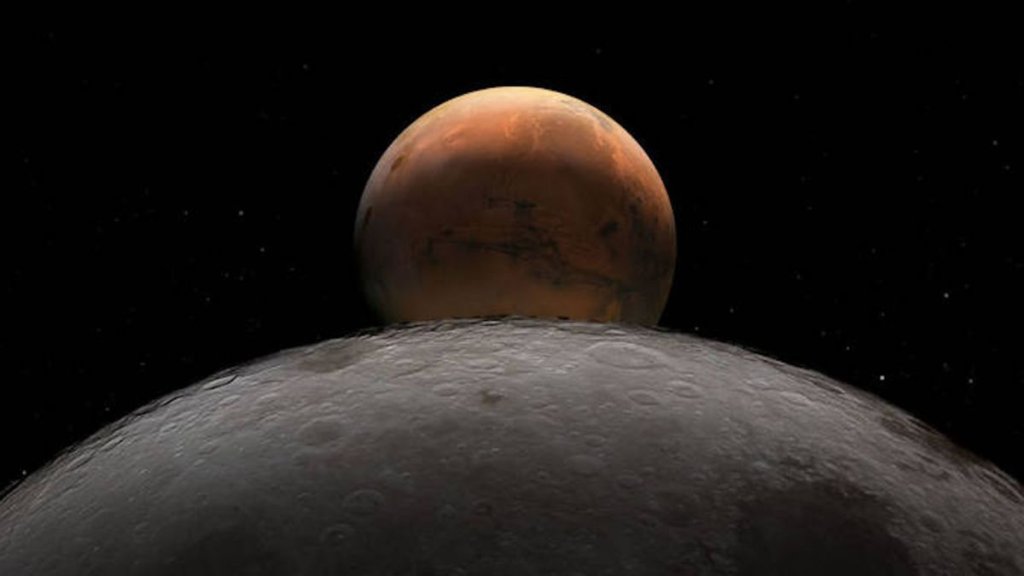NASA has set up a new office to manage the agency’s crewed activities at and around the moon and Mars.
“The Moon to Mars Program Office will help prepare NASA to carry out our bold missions to the moon and land the first humans on Mars,” NASA Administrator Bill Nelson said in a statement on Thursday (opens in new tab) (March 30).
“The golden age of exploration is happening right now, and this new office will help ensure that NASA successfully establishes a long-term lunar presence needed to prepare for humanity’s next giant leap to the Red Planet,” Nelson added.
The new office, which was required by the 2022 NASA Authorization Act, will be part of the agency’s Exploration Systems Development Mission Directorate and report to that organization’s leader, Jim Free.
Related: NASA’s Artemis program: Everything you need to know
NASA is working to set up a permanent, sustainable presence on and around the moon via its Artemis program.
One Artemis mission is already in the books: Artemis 1 sent an uncrewed Orion capsule to lunar orbit and back late last year, proving the flight-worthiness of the spacecraft and its rocket ride, the huge new Space Launch System.
NASA is currently gearing up for Artemis 2, which will send four astronauts around the moon in late 2024, if all goes according to plan. The Artemis 2 crew will consist of three NASA astronauts and one Canadian spaceflyer; we’ll learn their identities during a live announcement on Monday (April 3).
Artemis 3, which is currently targeted for 2025, will put boots down near the moon’s south pole, a region that’s thought to be rich in water ice. NASA aims to build a base in the area over the next decade or so.
The Artemis architecture also includes a small, moon-orbiting space station called Gateway, which will serve as a jumping-off point for missions to the lunar surface, both crewed and uncrewed.
These plans, ambitious as they are, will seed something even bolder, if goes according to plan. As Nelson noted, NASA views Artemis as a stepping stone to Mars; the agency thinks that the skills and knowledge gained via the moon program will help it get astronauts to the Red Planet by the late 2030s or early 2040s.
The new program office “focuses on hardware development, mission integration and risk management functions for programs critical to the agency’s exploration approach that uses Artemis missions at the moon to open a new era of scientific discovery and prepare for human missions to Mars,” NASA officials wrote in Thursday’s statement.
“This includes the Space Launch System rocket, Orion spacecraft, supporting ground systems, human landing systems, spacesuits, Gateway, and more related to deep space exploration,” they added. “The new office will also lead planning and analysis for long-lead developments to support human Mars missions.”
The Moon to Mars Program Office will be headed by Amit Kshatriya, who previously served as NASA’s acting deputy associate administrator for Common Exploration Systems Development.
Mike Wall is the author of “Out There (opens in new tab)” (Grand Central Publishing, 2018; illustrated by Karl Tate), a book about the search for alien life. Follow him on Twitter @michaeldwall (opens in new tab) Follow us on Twitter @Spacedotcom (opens in new tab) or Facebook (opens in new tab).

